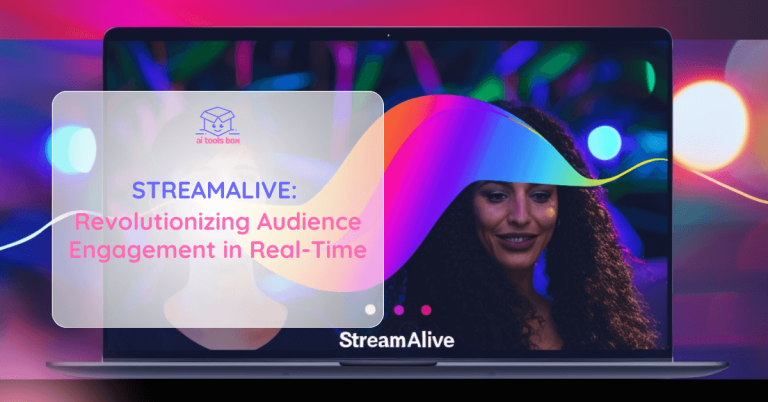Artificial Intelligence (AI) is revolutionizing various industries and has become an integral part of our lives. AI models, specifically language models such as ChatGPT, have the ability to generate human-like text and provide valuable insights. However, to achieve specific objectives with AI prompts, it is essential to employ certain techniques that enhance the quality, relevance, and accuracy of the generated content. In this article, we will explore various techniques for specific AI prompt objectives and how they can be effectively utilized to achieve desired results.
Crafting Techniques for Specific AI Prompt Objectives
Understanding the AI Prompt Objectives
Before diving into the techniques, it is crucial to have a clear understanding of the AI prompt objectives. Define the goals, identify the target audience, and outline the desired outcome. This will provide a clear direction for crafting effective techniques that align with the objectives.
Choosing the Right Prompts
Crafting clear and concise prompts is essential to guide the AI model effectively. Avoid ambiguous questions and provide specific instructions. Utilize context-rich prompts that provide relevant background information for better content generation.
Utilizing Guiding Questions
Formulate relevant guiding questions to steer the AI model's focus. By structuring questions effectively, you can influence the generated content and guide it towards the desired objective. Experiment with different question formats to ascertain which produces the most desirable results.
Providing Examples and Constraints
Utilize examples to guide the AI model's responses and illustrate the desired outcome. Providing constraints, such as specific word limits or narrow perspectives, can refine the generated content and ensure it remains relevant and focused.
Iterative Refinement
Review and assess the initial outputs generated by the AI model. Modify and tweak prompts based on the initial results to refine and improve subsequent outputs. Iteratively refine the prompts until the desired outcome is achieved.
Leveraging Formatting and Markdown
Utilize hierarchical tags, such as H1, H2, H3, and H4, effectively to structure the content. Employ headings, subheadings, and bullet points to enhance readability and make the content more scannable for the audience.
Keyword Integration and SEO Optimization
Research target keywords relevant to the content and integrate them naturally in the AI-generated text. Optimize title tags, meta descriptions, and content length to improve search engine visibility and attract organic traffic.
Incorporating External Knowledge and Research
Expand on the AI-generated content by incorporating external research and knowledge. Cite authoritative sources to ensure accuracy and credibility of the information provided. This enhances the overall quality and reliability of the generated content.
Proofreading and Editing AI-generated Content
Thoroughly proofread and edit the AI-generated content to correct any grammar and spelling errors. Ensure a coherent and logical flow of ideas throughout the text. This human touch helps refine and enhance the generated content.
Testing and Experimentation
Conduct A/B testing with different variations of prompts to assess their effectiveness. Analyze user feedback to gain insights and iterate on the techniques used. Continuously experiment and improve the AI-generated content based on the audience's response.
By employing these techniques, you can achieve specific AI prompt objectives while producing high-quality, relevant, and optimized content.
Conclusion
Harnessing the capabilities of AI models like ChatGPT for specific prompt objectives requires strategic techniques that enhance the generated content. By understanding the objectives, crafting effective prompts, utilizing guiding questions, providing examples and constraints, and leveraging formatting, SEO, external knowledge, as well as iterating, proofreading, and experimenting, you can achieve optimal results. Remember to continuously refine and customize the techniques to suit the specific objectives and target audience.



